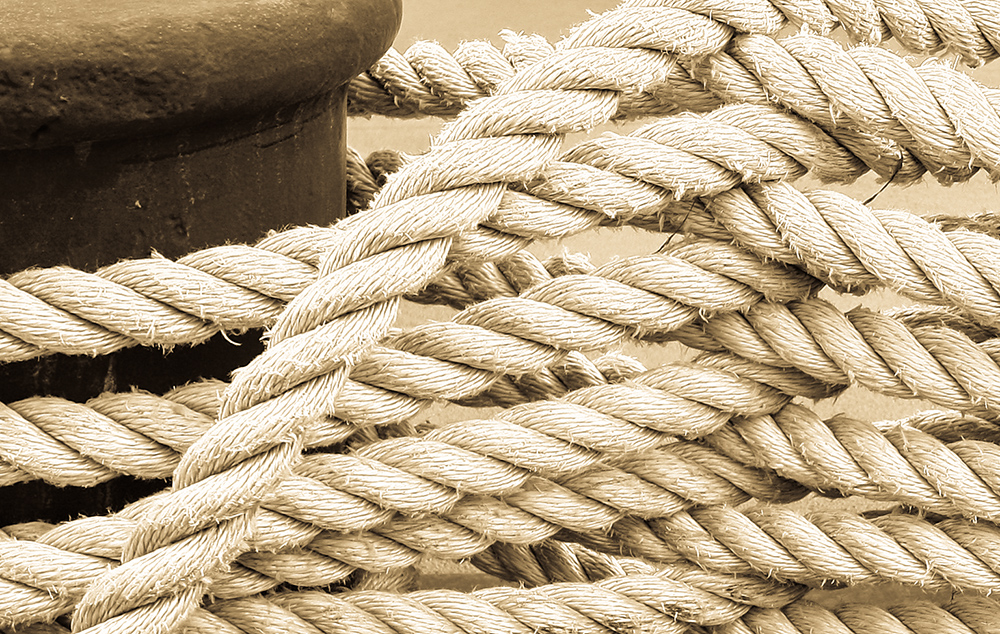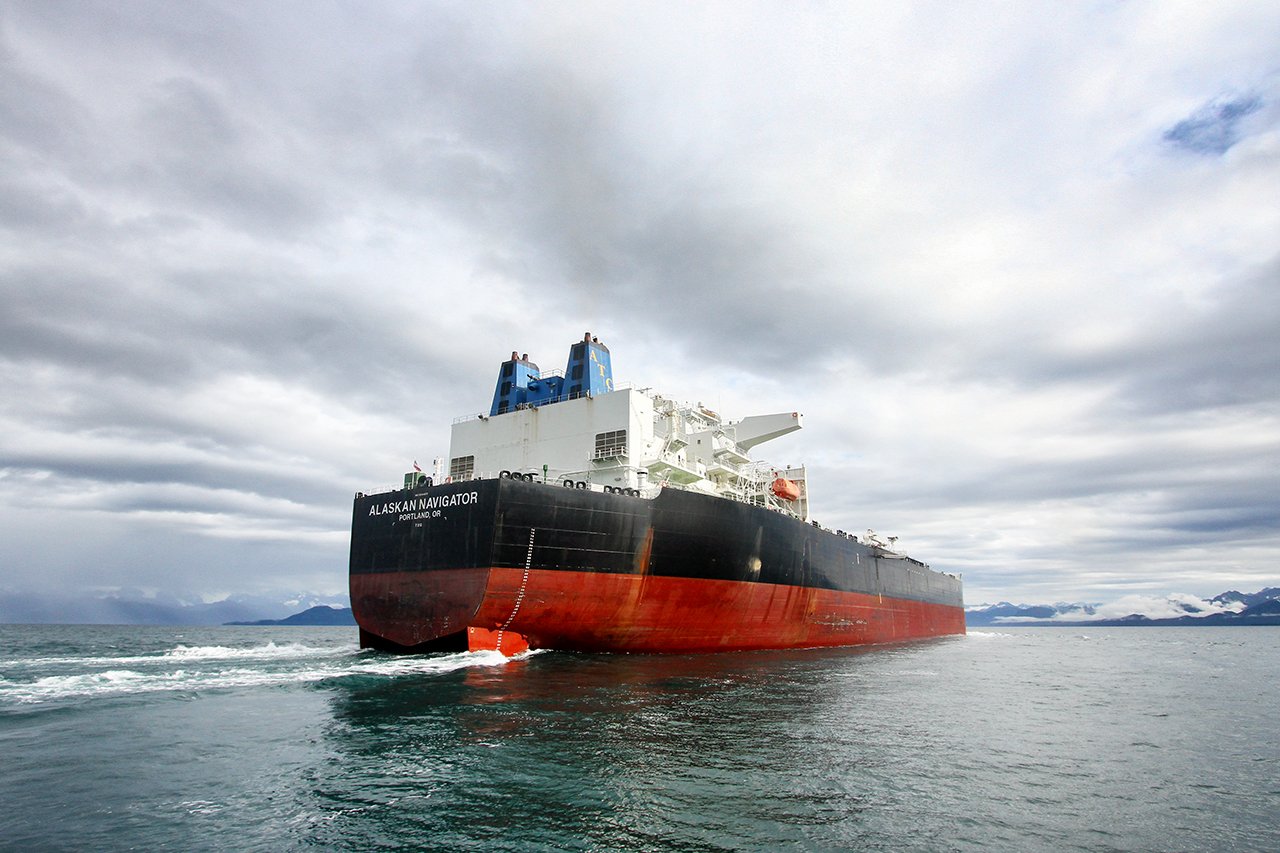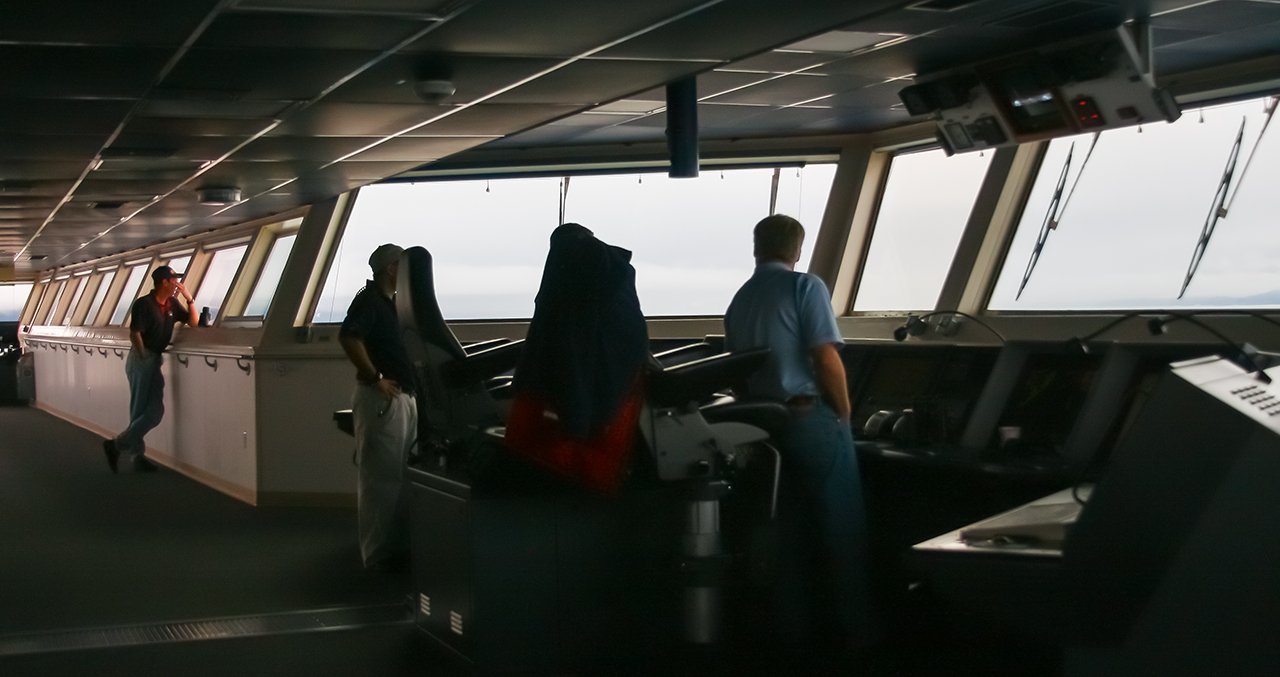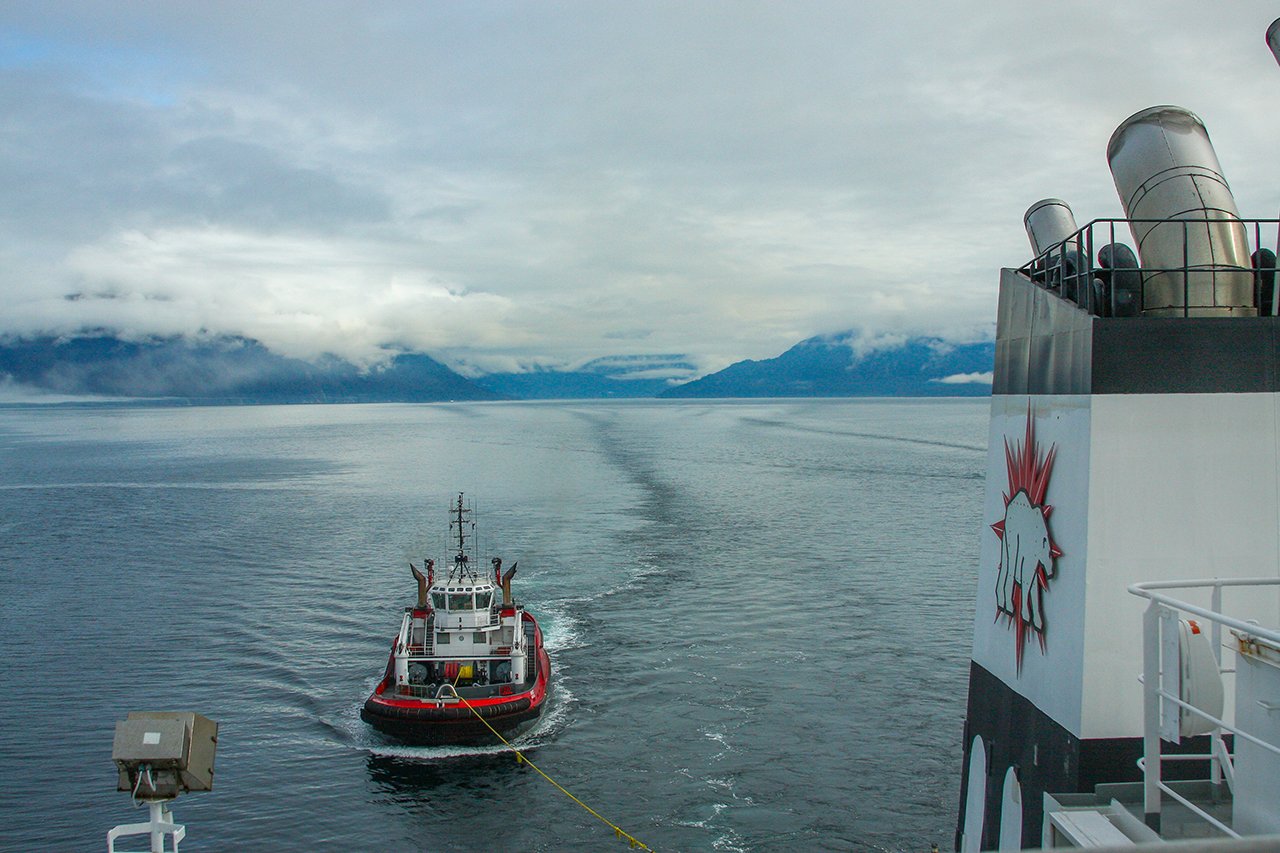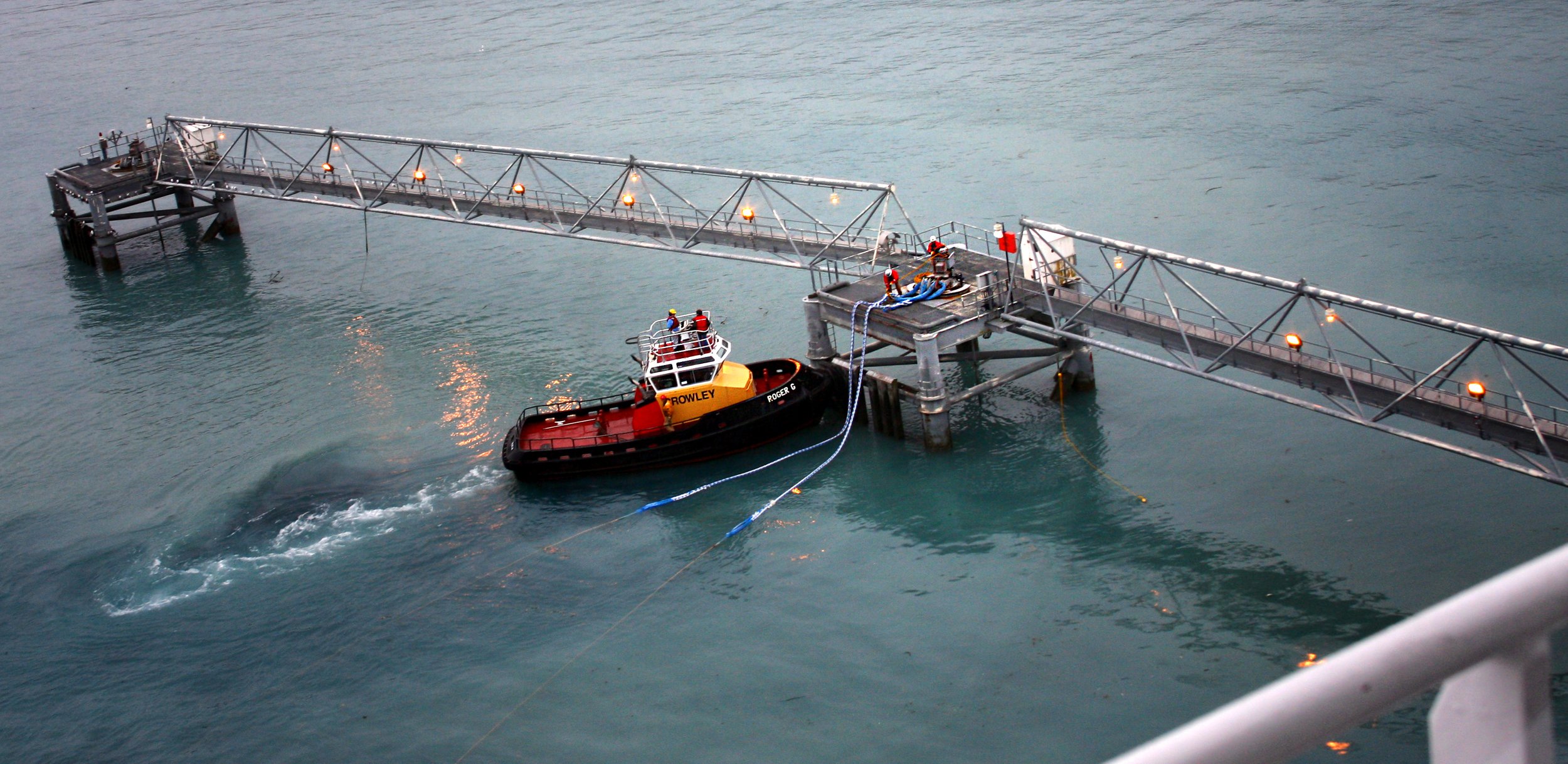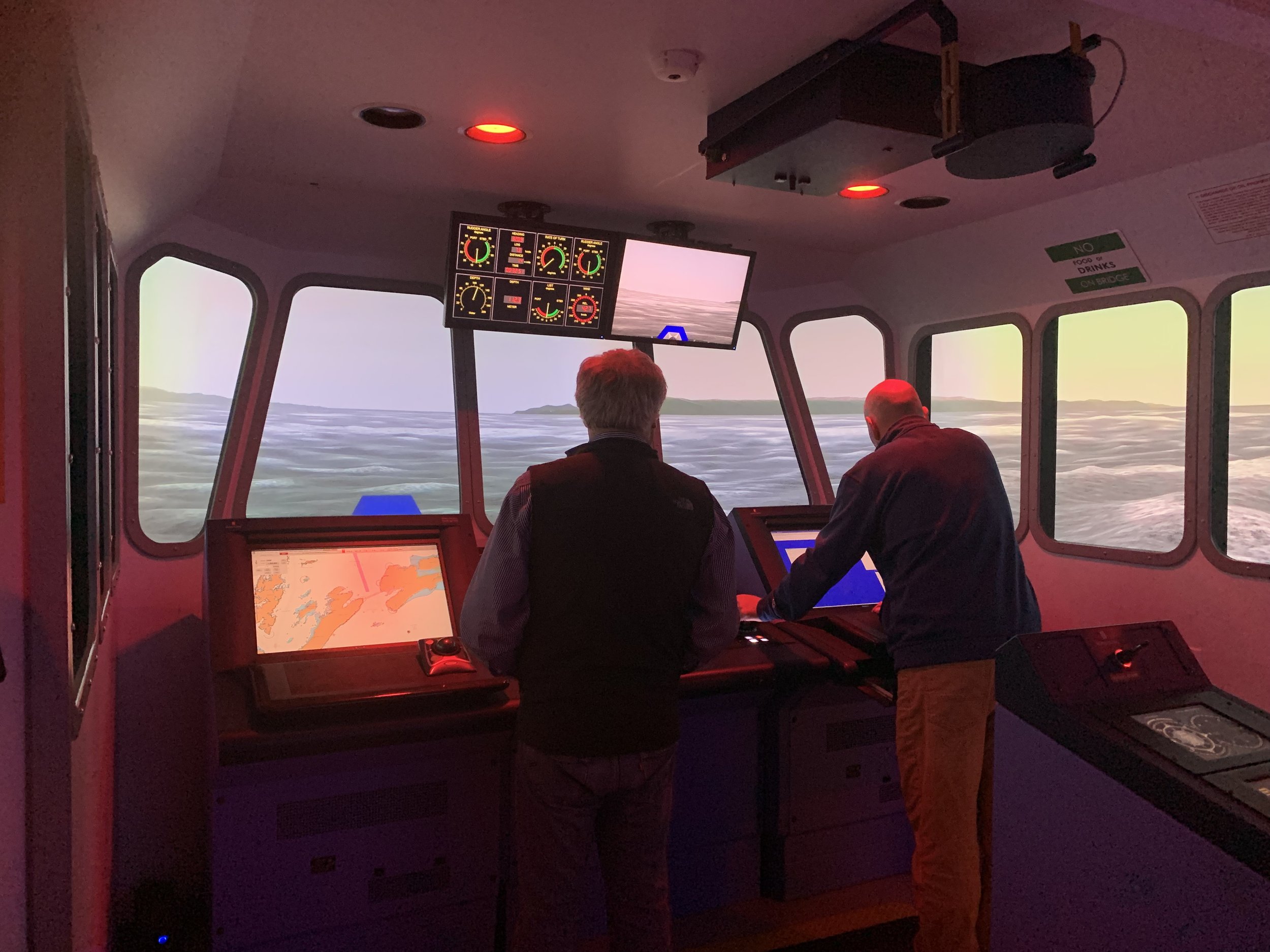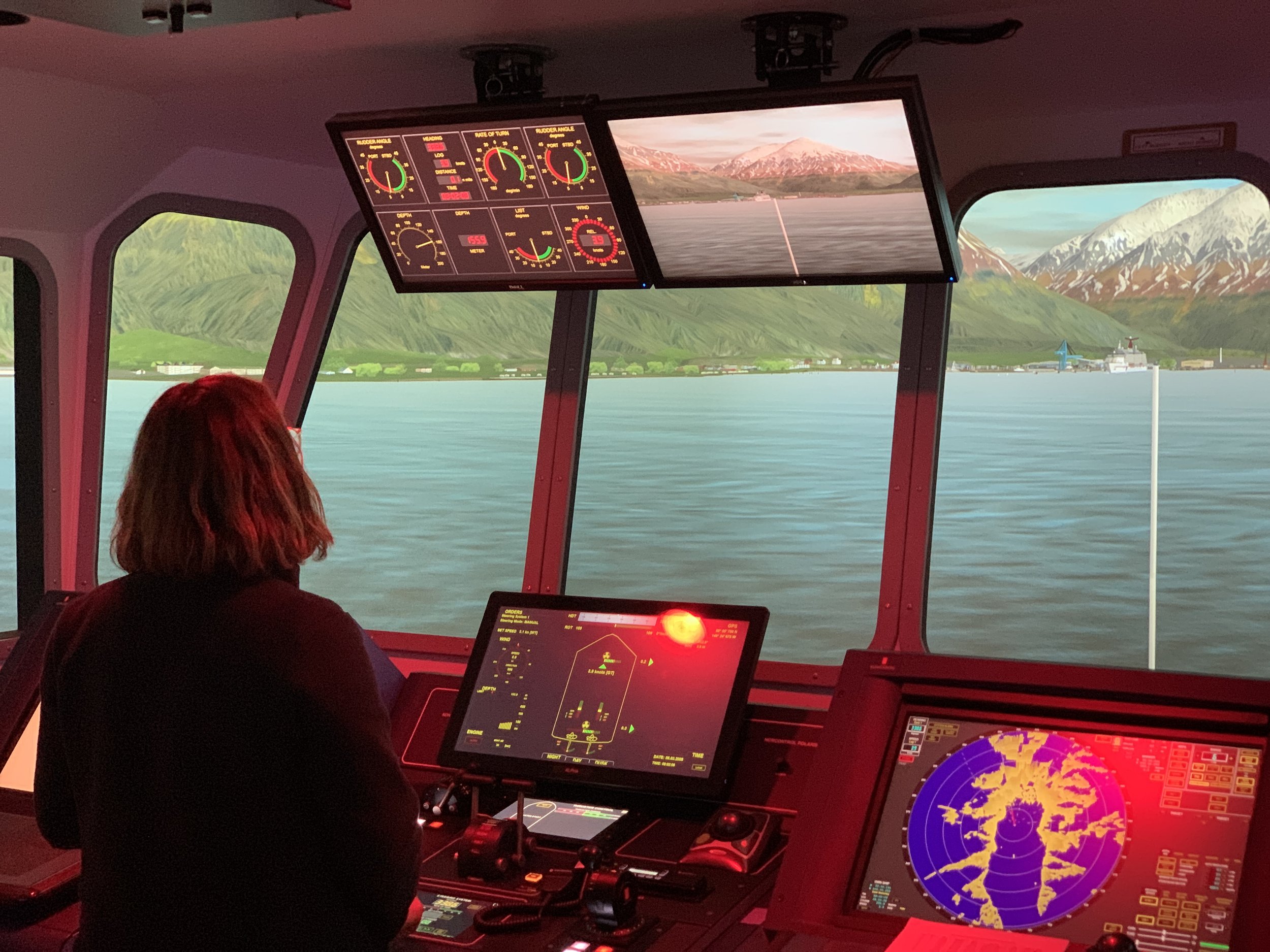Services
Safeguard Marine specializes in conducting risk mitigation research from a maritime perspective. This includes researching risks associated with navigating waterways and ports and emergency ship handling, ship-tugboat assist operations, and pilot familiarization. Risk assessments can include various scopes of work and methods to fit our client’s needs.
RISK MITIGATION RESEARCH PROCESS
Ship simulations are conducted anywhere a ship simulator uses local pilots and captains. During the simulation, the process is observed and recorded, and after completion of the simulation, a qualitative risk analysis interview is conducted. This can also include a quantitative analysis, depending on the purpose and scope of the project. The data are used to identify potential risks and assess their severity.
We interview local subject experts and stakeholders to identify maritime risks and gather information about ships, ports, and environmental conditions. We use this information to inform our reports and develop specific ship maneuvers for simulation. It helps us establish the probability, severity, and exposure for risk assessments.
A focus group is convened with the client(s), stakeholders, pilots, and captains who took part in the simulations to present the study results and develop recommendations for mitigating risks.
-
We conduct research using ship simulators that create highly realistic and cost-efficient conditions. We can conduct this research at various locations around the world that have ship’s bridge simulators. We primarily do this work at AVTEC’s Maritime Training Center in Seward, Alaska, that has three 300 degrees Kongsberg full bridge ship simulators. AVTEC’s ship simulators are among the only in the world that can simulate ice conditions. Ship pilots and captains perform vessel maneuvers that are designed based on the purpose and scope of the project and can include environmental conditions, vessel characteristics, the built environment such as a port, and various objectives. These maneuvers are analyzed qualitatively for risk, and can also be analyzed quantitatively as well.
-
Interviews are conducted with a wide range of stakeholders and local subject matter experts. These interviews provide important details and context about potential maritime risks. They also provide information about environmental conditions, vessel characteristics, the built environment such as a port, and various objectives that are utilized to design the ship simulations. These can be done standalone without ship simulations to identify and assess maritime risks.
The focus group is administered, including the client(s), stakeholders, and/or the local subject matter experts that took part in the simulations in order to present the results of the study. In addition, an important part of the focus group is the development of recommendations that are discussed and agreed to by the various individuals and organizations. This provides an open forum of discussion for transparency as well as building support for recommendations.
-
Reports include the purpose, scope, methods, results, conclusions, and recommendations. Preliminary reports can be provided, discussing any part of this research or a final report capturing the entire process. In addition, appendixes can be provided, including the interview protocols, risk analysis simulation interviews, screenshots of ship maneuvers during simulations, and focus group questions, presentation, and discussion notes.
